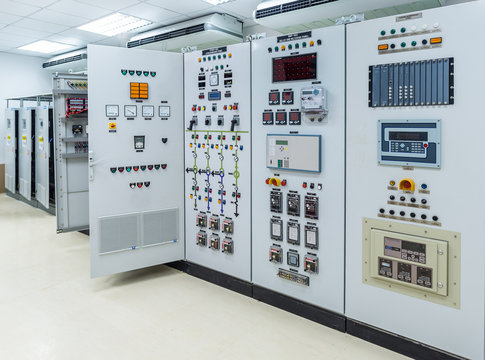Electrical arcs develop when a gas is subjected to a voltage that is higher than the gas’ insulating capabilities. When the voltage is high enough to ionize the space between the conductors, the arc is ignited. Gas becomes an excellent conductor when it is ionized, allowing current to flow and creating the arched-shaped current known as an arc flash. An unintended discharge of electricity results in an arc fault.
- High temperatures from arc flashes produce dazzling brightness and ear-splitting noise.
- A high-pressure wave called an arc blast is able to spew both shrapnel and molten metal.
- Toxic vapors
Arc flash dangers may seriously damage electrical infrastructure and the industrial sector. These are some of the commercial losses brought on by arc flash risks.
- Increased expenses for worker compensation, medical care, rehabilitation, accident investigation, and production downtime.
- Legal fees and judgements, penalties, insurance premiums, repair expenses, and replacement labor costs associated with litigation.
- Negative effects on the brand and reputation of the firm.
- Loss of commercial potential brought on by a history of mishaps, which might lead to the revocation of an electrical license.
Reasons of Electrical Arc Flash
- A faulty conductor insulation
- Living components that are visible
- Human carelessness
- Improper circuit breaker and switch maintenance
- A body of water beside the equipment.
- Panels that are blocked should be disconnected.
- Cables with high voltage
- Electrical current discharge
- Damaged tools and machinery
Method for Arc Flash Analysis:
Wherever there is high voltage or low voltage high current switching, there is a risk of an arc flash.
Step 1: Estimate the Arc Flash Risk:
- Collecting data, using software to simulate the power system, analysing short circuits, coordinating overcurrent protection devices, doing arc flash analyses, and evaluating arc flashes are all steps in conducting an arc flash/fault study or analysis.
- Estimating the risk that a worker may be exposed during an arc flash event
Step 2: Identify the Risk:
- Limiting worker contact with electrified equipment to avoid arc flash dangers
- Instead of manual systems, utilize automated ones.
- Provide physical barriers between employees and electrical equipment to protect them from dangers.
Step 3: Engineering Control:
- Decrease fault current to lessen incident energy.
- Systems for arc flash detection and suppression.
- Controls for remotes and switches
- Reworking or upgrading the switchboard
- Arrangement of permanent circuit breakers
- Bus bar insulation
- Changing out blown fuses
Step 4: Administrative controls:
- To determine incident energy levels, switch rooms, plants, and other relevant sites will be labelled.
- Marking of arc boundaries
- Collecting data and graphs about arc flashes
- Ensuring secure practices and policies to reduce vulnerability.
- Implementing incident energy and PPE (Personal Protection Equipment) levels
Step 5: Personal protective equipment (PPE):
- PPE, although being the least effective, may lessen an injury’s severity but cannot shield against it. Depending on the energy levels of the occurrence, the proper personal protective equipment (PPE) is selected.
CareLabs can address all of your arc flash-related risks. The safety of your employees and property may be ensured by professionals who are well-trained and skilled in identifying possible arc flash hazard concerns and providing appropriate mitigation and control solutions.
Advantages of CareLabs' Service Include:
- More secure electricity systems in conformity with regulations and standards set by the government.
- Power systems that are fully integrated save time and money.
- Improve the security of the workplace.
- Provide speedy fallbacks in case of emergency.
- Boost the safety margins.
- Arc flash labels and work permits may be generated automatically to save time.
- Avoid possible penalties and legal costs.
CareLabs has personnel stationed in a variety of locations to ensure that our specialists are readily accessible in the event of a routine or emergency crisis. After gaining a client with a solid reputation and positive reviews, CareLabs has quickly established itself as an ISO 9001:2008-accredited organization. CareLabs offers arc flash analysis and investigation services in several major cities, including Zurich, Geneva, Basel, and Bern.




